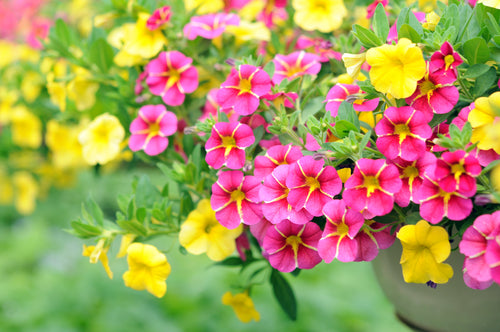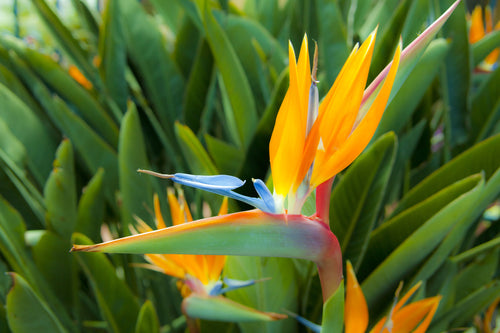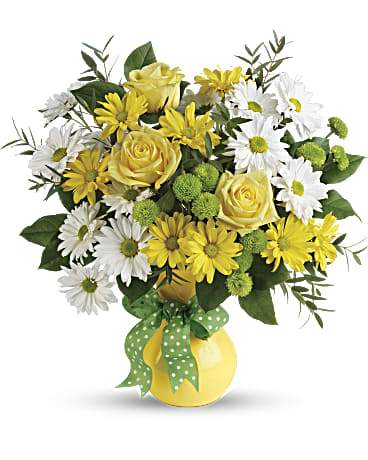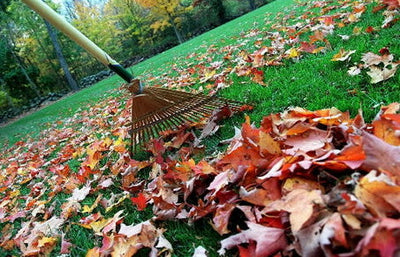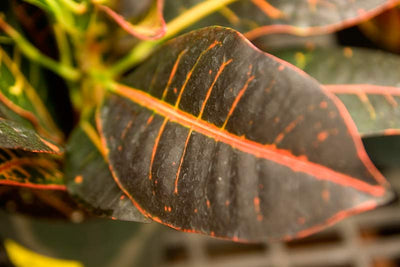Flocked Christmas trees, a vague reminder of the past or a current day trend? Numbers seem to reflect an increase in popularity as more and more people seek out these once popular trees.
For many of us flocked trees bring back memories of our childhood, warm and fuzzy memories, happy memories. Maybe our parents had one, or our grandparents, and we grew used to seeing that unique snow-covered tree, year after year, and came to identify it with Christmas and the holiday season itself. For many it will have been that characteristic white tree, but there are some of us who will love a pink, blue, or even a red tree. Now I realize there are those of you that are shuddering at the thought of a bright pink Christmas tree, but the fact is, if that is what your grandmother had, than that is what you came to know and love, and chances are still do.
Flocked trees were popular in the 1940’s, 50’s and 60’s, peaking in their popularity during the 50’s. Flocking is from a variety of materials, cellulose being the most prominent, also rayon lint, mixed with water and adhesive. Regardless of the flock type or the method used to apply it, the basic principal remains the same, depositing many small fiber particles onto a surface. For Christmas trees the objective of flocking is often to create that ‘snowed-on’ look.
Yet other than nostalgia, is there really any reason for us to still be using flocked trees? You might be surprised to hear that there are in fact several advantages to flocked trees, fire safety being number one. Flocked trees should always contain flame retardants which will result in them being less of a fire hazard than simple live trees. Moisture retention is another major factor in the longevity of a tree. A heavily flocked tree will lock in the moisture and reduce the tree from drying out, particularly those that have latex-based flocking. A simple wire stand will suffice for a flocked tree as it does not require a water source of any kind, meaning not having to top up your stand repeatedly or keep your pet away from it. Flock trees also have that uniqueness of character as live trees do and a delicate pine fragrance.
There are several ways to acquire a flock tree. Either purchasing it directly ready-made or making your own. Some garden centers will offer flocked trees, but be aware that such outlets are limited and will need to be sought out. Generally garden centers might have a limited on-site selection, instead making up the majority of their trees to order. Keeping in mind it takes around 15-30 minutes to flock the tree and 4-6 hours to dry it with heaters, therefore always be sure to call ahead. Trees should be further packed into plastic to avoid any mess during transportation. Alternatively trees can be homemade, either through the use of aerosol flock cans, or by making one of many homemade flock recipes available. Be aware that homemade trees are not likely to achieve the same uniformity of commercially flocked trees, which are made with professional equipment.
Interestingly, homemade flocking recipes were popular in the 1950’s and flocking kits involved mixing artificial snow with the family vacuum cleaner!
Can one say with certainty why we are witnessing a comeback of these trees? Likely it is a myriad of reasons, childhood memories, ease of handling, wanting something different, fashions coming and going, but for whatever reason, these beauties are back and here to be enjoyed. So for those of you that wish, let these unique trees provide with that warm and traditional setting to be enjoyed by yourself and your families. Whether it is a live, flocked or artificial tree, every tree is a special tree when enjoyed in that loving family setting, as this is truly what the season is all about.



